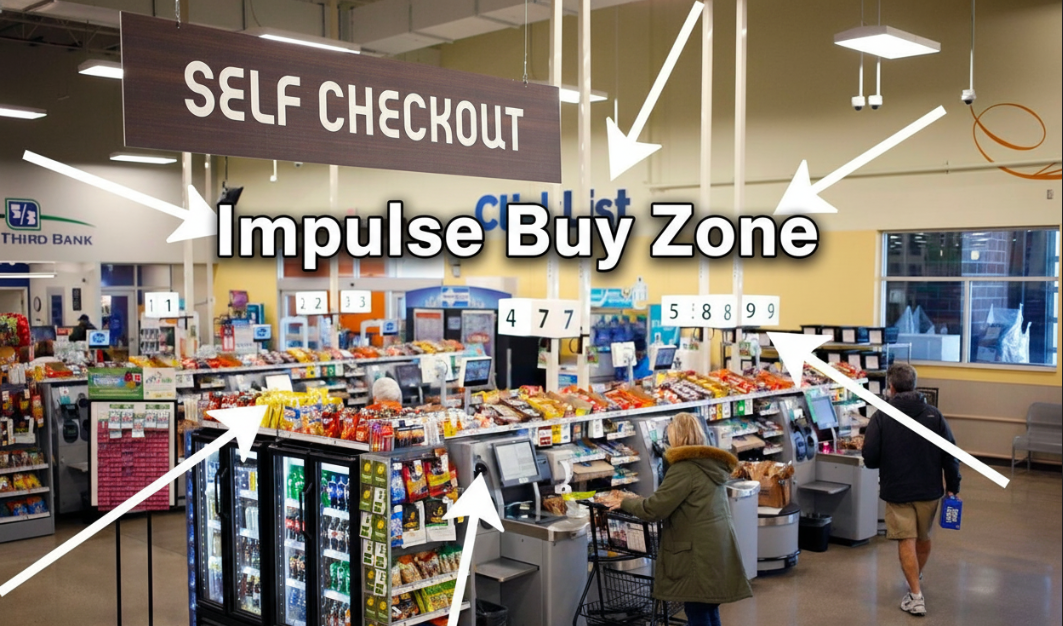
"Have you ever gone grocery shopping with a grocery list of items to get, but then walked out of the store with more things than your grocery list? Grocery stores are spaces that are designed to make you spend more money. Strategic aisle placements and product positions follow a deliberate strategy rooted in consumer psychology and decades of behavioral research."
"Research indicates that 60% to 70% of grocery store purchases are unplanned, according to studies in retail psychology. Think about your last shopping trip. Did you stick to your list? The average shopper spends 23.4 minutes inside a grocery store in 2024, based on data from JLL's Grocery Report. During those minutes, stores expose you to thousands of products arranged in specific patterns to trigger purchases. Retailers invest millions in spatial design research to understand how you move, what you see."
Grocery stores use layout, product placement, sensory cues, and pricing to encourage additional purchases beyond intended items. Studies show 60% to 70% of grocery purchases are unplanned. The average shopper spends 23.4 minutes in a store in 2024, exposing shoppers to thousands of products arranged to trigger purchases. Retailers invest millions in spatial design and behavioral research to map customer movement and sightlines. Common tactics include strategic entry placement, endcaps, cross-merchandising, checkout displays, promotions, digital signage, loyalty offers, and personalization to increase impulse buys and overall basket size.
Read at Medium
Unable to calculate read time
Collection
[
|
...
]